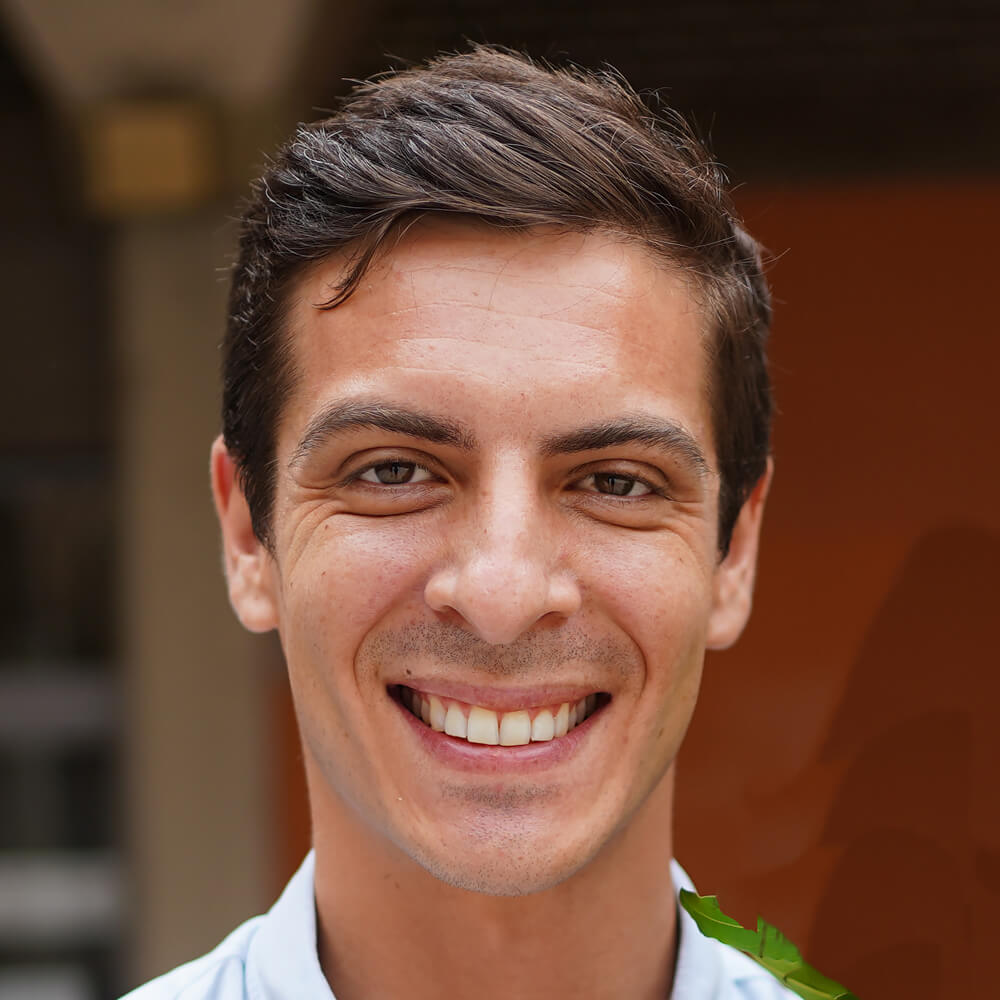I am an amateur photographer born in Pesaro in 1990.
I have always loved photography but, not sure why, I never thought of making it my own until
about 3 years ago.
I work as an engineer in a refrigeration company, here a colleague lent me my first equipment
and incited me to try, giving me some tips.
After a few days, During Covid's first pandemic lockdown, I bought my personal camera, a
handful of books, and began to immerse myself in what is now my greatest passion.
The goal is always to improve and to look for the right instant to get trough the lens, but the
days spent walking around discovering and shooting are the greatest joy I could ever wish for.
I am a very introverted person and thanks to this passion I am managing to get closer to the
other people, I also hope, with time, to be able to tell more about myself and my thinking.
Winner AAP Magazine #30 Shadows